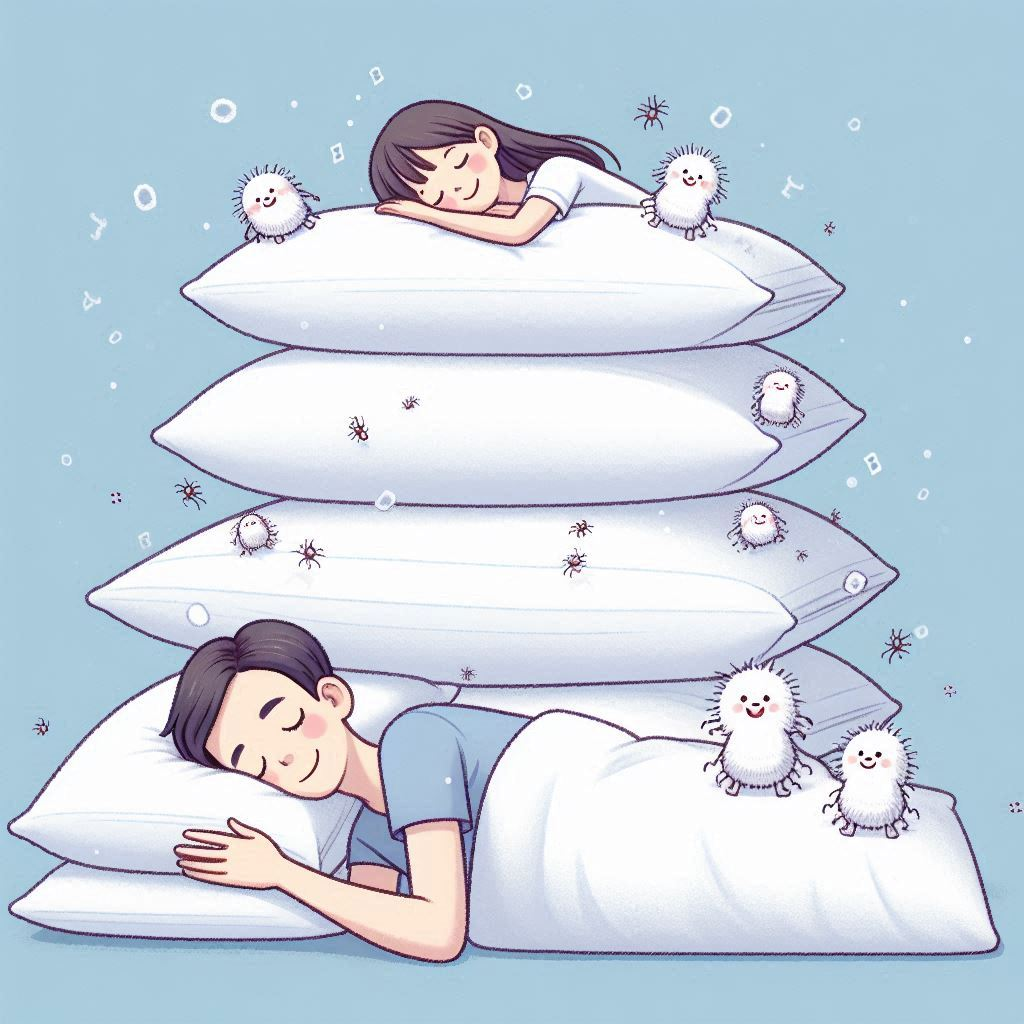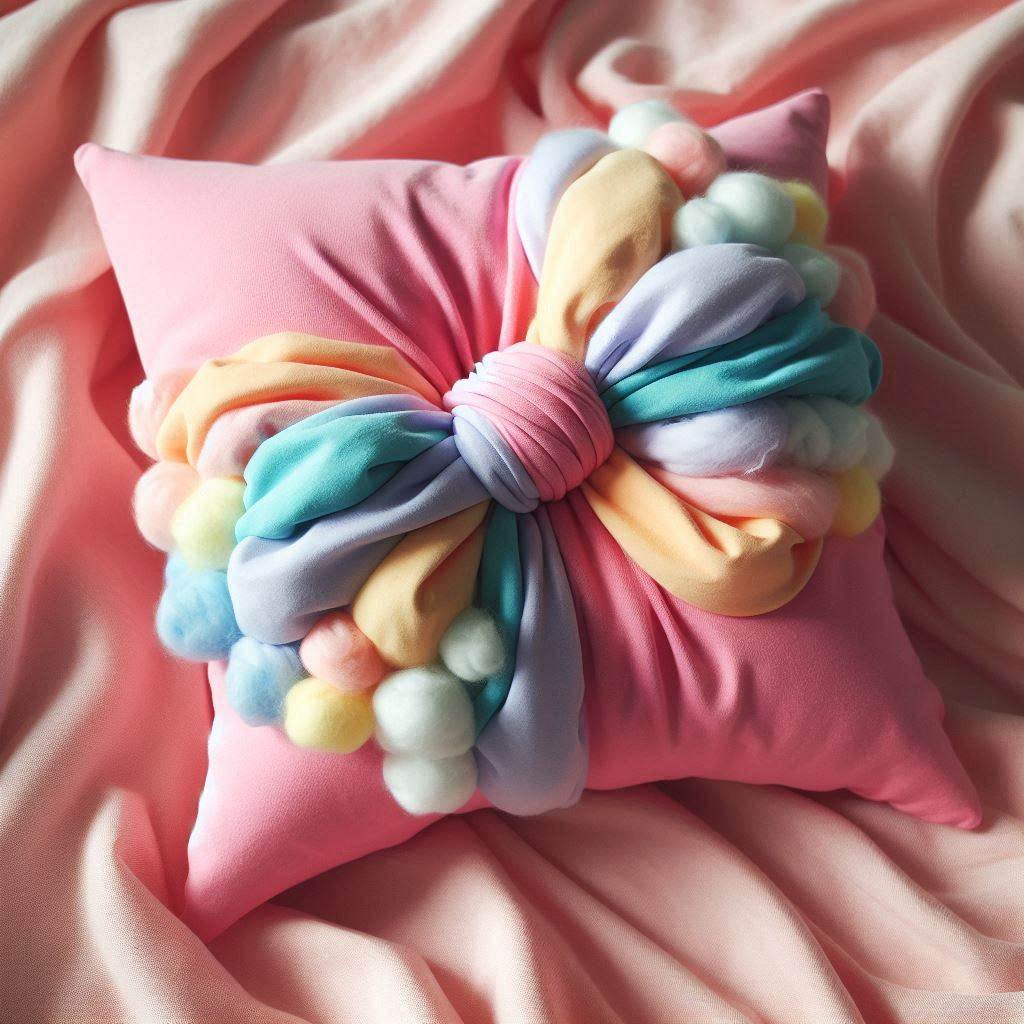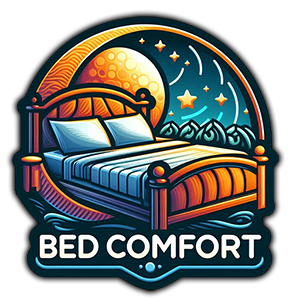
What Happened to Claritin Pillows?
If you’ve been searching for Claritin pillows lately, you might be wondering where they’ve gone. These once-popular hypoallergenic pillows seem to have disappeared from store shelves. Let’s dive into the story of Claritin pillows and uncover what really happened to them.
Quick Answer
Claritin pillows were discontinued due to a combination of factors, including increased market competition, quality concerns, and shifts in the parent company’s product strategy. While no longer available, many alternative hypoallergenic pillows now exist in the market.
The Rise of Claritin Pillows
Claritin, a well-known name in allergy relief, stepped into the bedding market with its line of hypoallergenic pillows in the early 2010s. It was a smart move that got many allergy sufferers excited. After all, who wouldn’t want a pillow from a trusted allergy brand?
The Concept Behind Claritin Pillows
The idea was simple yet clever: create a pillow that complements Claritin’s allergy medications. These pillows were designed to be hypoallergenic, promising a sneeze-free, comfortable sleep for those battling allergies.
Initial Market Reception
When Claritin pillows hit the shelves, they made quite a splash. Allergy sufferers rushed to try them out, hoping for nights free from sniffling and sneezing. Big retailers like Bed Bath & Beyond and Amazon featured these pillows prominently, helping boost their popularity.
“I remember when Claritin pillows first came out,” says Sarah, a long-time allergy sufferer. “I was so excited to try them. It felt like a game-changer for my nightly allergy battles.”
The Claritin Pillow Experience
As someone who’s dealt with allergies for years, I couldn’t wait to get my hands on a Claritin pillow when they first hit the market. The promise of allergy-free sleep was too good to pass up.
When I first got my Claritin pillow, it felt like a dream come true. The first few nights were amazing – I woke up without the usual morning sniffles. But as time went on, I noticed some changes. After about a year, the pillow started to lose its shape, and the cover began to wear out. It was disappointing, to say the least.
The Decline of Claritin Pillows

Quality Concerns Emerge
My experience wasn’t unique. As more people used Claritin pillows over time, reports of quality issues started to surface. Some users found that the pillows didn’t hold up well after extended use. This led to mixed reviews and a dip in customer satisfaction.
Increased Market Competition
While Claritin was pioneering its pillow line, other companies weren’t sitting idle. The market soon saw an influx of hypoallergenic pillows from various brands. Some of these alternatives, like those from AllerEase and Coop Home Goods, started gaining popularity with better reviews and competitive pricing.
Marketing and Distribution Challenges
Despite a strong start, Claritin Pillows faced hurdles in maintaining their market position. As other brands introduced new materials and technologies, Claritin pillows struggled to keep pace. The lack of significant updates to their product line and marketing strategies also contributed to their declining popularity.
The Final Chapter: Discontinuation
Eventually, Claritin made the decision to discontinue their pillow line. While they didn’t publicly detail the exact reasons, it’s likely that a mix of factors led to this choice:
- Increasing competition in the hypoallergenic pillow market
- Quality concerns reported by some users
- Possible shift in the parent company’s product strategy
- Challenges in maintaining market share
The Current Hypoallergenic Pillow Landscape
Although Claritin pillows are no longer available, the market for hypoallergenic pillows is thriving. Many brands have stepped up to fill the gap, offering a wide range of options for allergy sufferers.
Top Alternatives to Claritin Pillows
If you’re in the market for a hypoallergenic pillow, here are some highly-rated options to consider:
- AllerEase Cotton Hypoallergenic Pillow: Known for its breathability and comfort, this pillow is a favorite among allergy sufferers.
- Coop Home Goods Premium Adjustable Loft Pillow: This pillow stands out for its adjustable fill, allowing users to customize their comfort and support.
- Sleep Number ComfortFit Pillow: Combining memory foam and hypoallergenic properties, this pillow offers both comfort and allergy protection.
- Beckham Hotel Collection Gel Pillow: These pillows are dust mite, mold, and mildew resistant, making them a great choice for those with allergies.
What to Look for in a Hypoallergenic Pillow
When shopping for a hypoallergenic pillow, keep these factors in mind:
- Material: Look for pillows made from naturally hypoallergenic materials like latex, memory foam, or specially treated fabrics.
- Certifications: Check for certifications like OEKO-TEX or CertiPUR-US, which ensure the product is free from harmful chemicals.
- Washability: Pillows that are machine washable or have removable, washable covers are ideal for keeping allergens at bay.
- Breathability: A breathable pillow helps prevent the buildup of moisture, which can lead to mold and mildew growth.
- Durability: Look for pillows that maintain their shape and properties over time.
The Science Behind Hypoallergenic Pillows
Understanding how hypoallergenic pillows work can help you make an informed decision. These pillows are designed to reduce exposure to common allergens like dust mites, pollen, and pet dander.
How Hypoallergenic Pillows Work
Hypoallergenic pillows use various methods to combat allergens:
- Tight Weave: Many use tightly woven fabrics that create a barrier against allergens.
- Special Treatments: Some pillows are treated with antimicrobial substances to prevent the growth of allergens.
- Natural Materials: Certain materials, like natural latex, are inherently resistant to dust mites and other allergens.
The Importance of Pillow Maintenance
Even the best hypoallergenic pillow needs proper care to maintain its effectiveness. Here are some tips:
- Wash your pillow regularly according to the manufacturer’s instructions.
- Use pillow protectors for an extra layer of defense against allergens.
- Replace your pillow every 1-2 years, or sooner if it shows signs of wear.
Beyond Pillows: Creating an Allergy-Friendly Bedroom
While a hypoallergenic pillow is a great start, there are other steps you can take to make your bedroom more allergy-friendly:
- Use Hypoallergenic Bedding: Extend the protection to your sheets, comforters, and mattress covers.
- Keep It Clean: Regular vacuuming and dusting can significantly reduce allergens in your bedroom.
- Control Humidity: Use a dehumidifier to keep humidity levels low, discouraging dust mite growth.
- Filter the Air: An air purifier with a HEPA filter can help remove airborne allergens.
- Limit Fabrics: Minimize the use of carpets, curtains, and other fabric items that can trap allergens.
The Future of Hypoallergenic Sleep Products
While Claritin pillows may be a thing of the past, the future of hypoallergenic sleep products looks bright. Innovations in materials and technology continue to improve the options available to allergy sufferers.
Emerging Trends
- Smart Fabrics: Some companies are developing fabrics that actively repel allergens.
- Customizable Products: More brands are offering customizable pillows to cater to individual needs and preferences.
- Eco-Friendly Options: There’s a growing trend towards hypoallergenic products made from sustainable, natural materials.
Conclusion: The Legacy of Claritin Pillows
While Claritin pillows are no longer available, their brief presence in the market helped spotlight the importance of hypoallergenic bedding. They paved the way for many of the options we have today.
For those still searching for the perfect hypoallergenic pillow, the market now offers a wide array of choices. Whether you prefer memory foam, down alternatives, or natural latex, there’s likely a pillow out there that can help you achieve a sneeze-free, restful night’s sleep.
Remember, finding the right pillow is just one part of managing allergies. A holistic approach, including medication, environmental control, and lifestyle adjustments, often yields the best results. Here’s to breathing easy and sleeping soundly!
Next Steps for Allergy Sufferers
- Research and try out different hypoallergenic pillows to find your perfect match.
- Consult with an allergist to develop a comprehensive allergy management plan.
- Implement allergy-friendly practices throughout your home, starting with your bedroom.
- Stay informed about new developments in hypoallergenic sleep products.
Sweet dreams and happy, allergy-free sleeping!


Leave a Reply